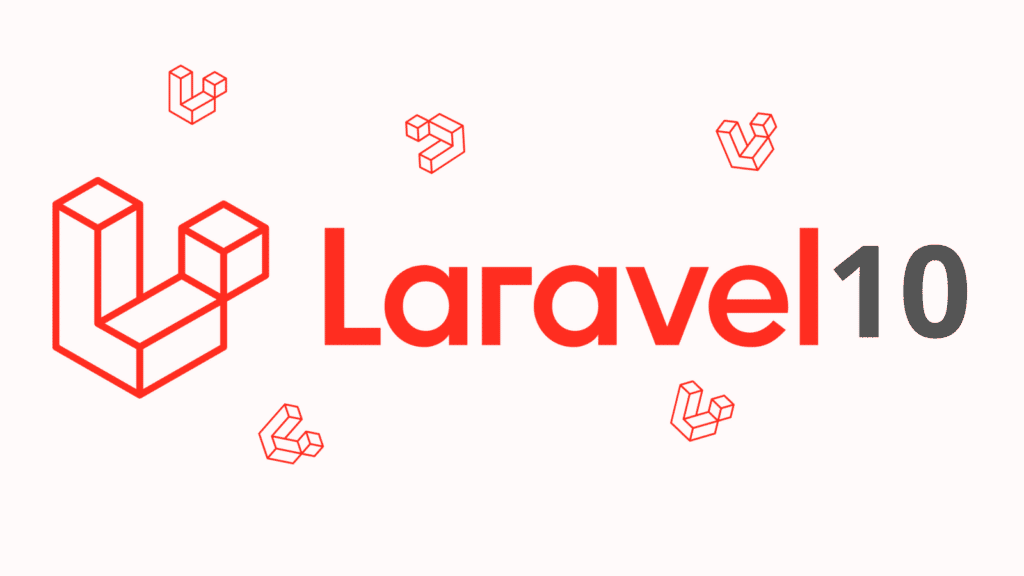
Laravel 10, Markdown provides a simple and intuitive syntax for formatting text. By using Markdown, you can easily structure your email content, add headings, lists, links, and other formatting elements without writing raw HTML code.
You can define the structure and styling of your emails in Markdown files, keeping your codebase organized and maintaining a clear distinction between the email's presentation and its underlying functionality.
Step 1: Install Laravel App
composer create-project laravel/laravel example-app
Step 2: Database Configuration
.env
MAIL_MAILER=smtp
MAIL_HOST=smtp.gmail.com
MAIL_PORT=465
MAIL_USERNAME=mygoogle@gmail.com
MAIL_PASSWORD=rrnnucvnqlbsl
MAIL_ENCRYPTION=tls
MAIL_FROM_ADDRESS=mygoogle@gmail.com
MAIL_FROM_NAME="${APP_NAME}"
Step 3: Create Mailable Class with Markdown
php artisan make:mail MyDemoMail --markdown=emails.myDemoMailnow, let's update code on MyDemoMail.php file as bellow:
app/Mail/MyDemoMail.php
<?php
namespace App\Mail;
use Illuminate\Bus\Queueable;
use Illuminate\Contracts\Queue\ShouldQueue;
use Illuminate\Mail\Mailable;
use Illuminate\Mail\Mailables\Content;
use Illuminate\Mail\Mailables\Envelope;
use Illuminate\Queue\SerializesModels;
class MyDemoMail extends Mailable
{
use Queueable, SerializesModels;
public $mailData;
/**
* Create a new message instance.
*/
public function __construct($mailData)
{
$this->mailData = $mailData;
}
/**
* Get the message envelope.
*/
public function envelope(): Envelope
{
return new Envelope(
subject: 'Mail from ItSolutionStuff.com',
);
}
/**
* Get the message content definition.
*/
public function content(): Content
{
return new Content(
markdown: 'emails.myDemoMail',
);
}
/**
* Get the attachments for the message.
*
* @return array
*/
public function attachments(): array
{
return [];
}
}
Step 4: Create Controller
php artisan make:controller MailController
app/Http/Controllers/MailController.php
<?php
namespace App\Http\Controllers;
use Illuminate\Http\Request;
use Mail;
use App\Mail\MyDemoMail;
class MailController extends Controller
{
/**
* Write code on Method
*
* @return response()
*/
public function index()
{
$mailData = [
'title' => 'Mail from webthestuff.com',
'url' => 'https://www.webthestuff.com'
];
Mail::to('to_your_email@gmail.com')->send(new MyDemoMail($mailData));
dd("Email is sent successfully.");
}
}
Step 5: Create Routes
routes/web.php
<?php
use Illuminate\Support\Facades\Route;
use App\Http\Controllers\MailController;
/*
|--------------------------------------------------------------------------
| Web Routes
|--------------------------------------------------------------------------
|
| Here is where you can register web routes for your application. These
| routes are loaded by the RouteServiceProvider within a group which
| contains the "web" middleware group. Now create something great!
|
*/
Route::get('send-mail', [MailController::class, 'index']);
Step 6: Create Blade View
resources/views/emails/demoMail.blade.php
@component('mail::message')
# {{ $mailData['title'] }}
The body of your message.
@component('mail::button', ['url' => $mailData['url']])
Visit Our Website
@endcomponent
Thanks,
{{ config('app.name') }}
@endcomponent
Run Laravel App:
php artisan serve
Now, Go to web browser, type the given URL and see the output:
http://localhost:8000/send-mail



